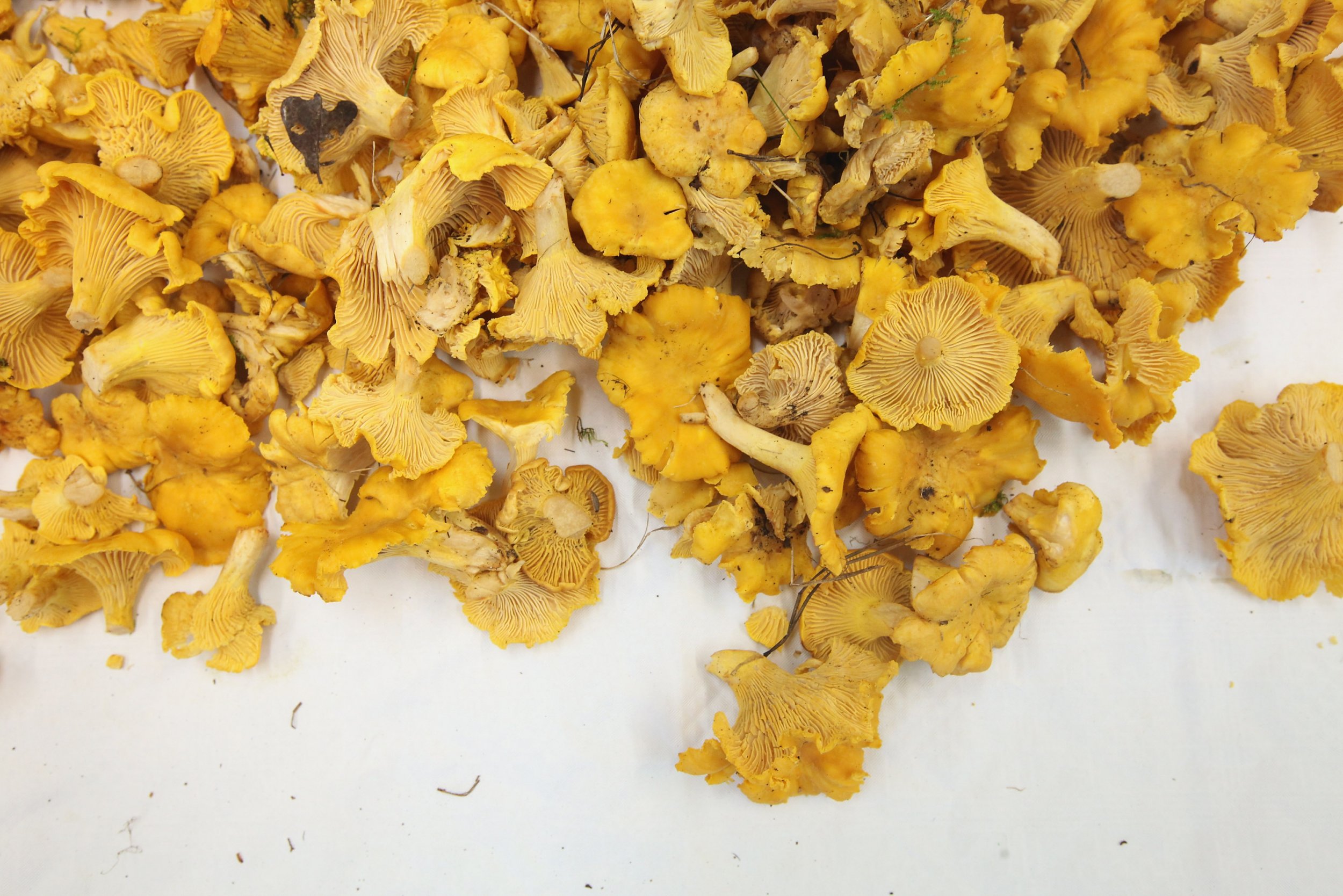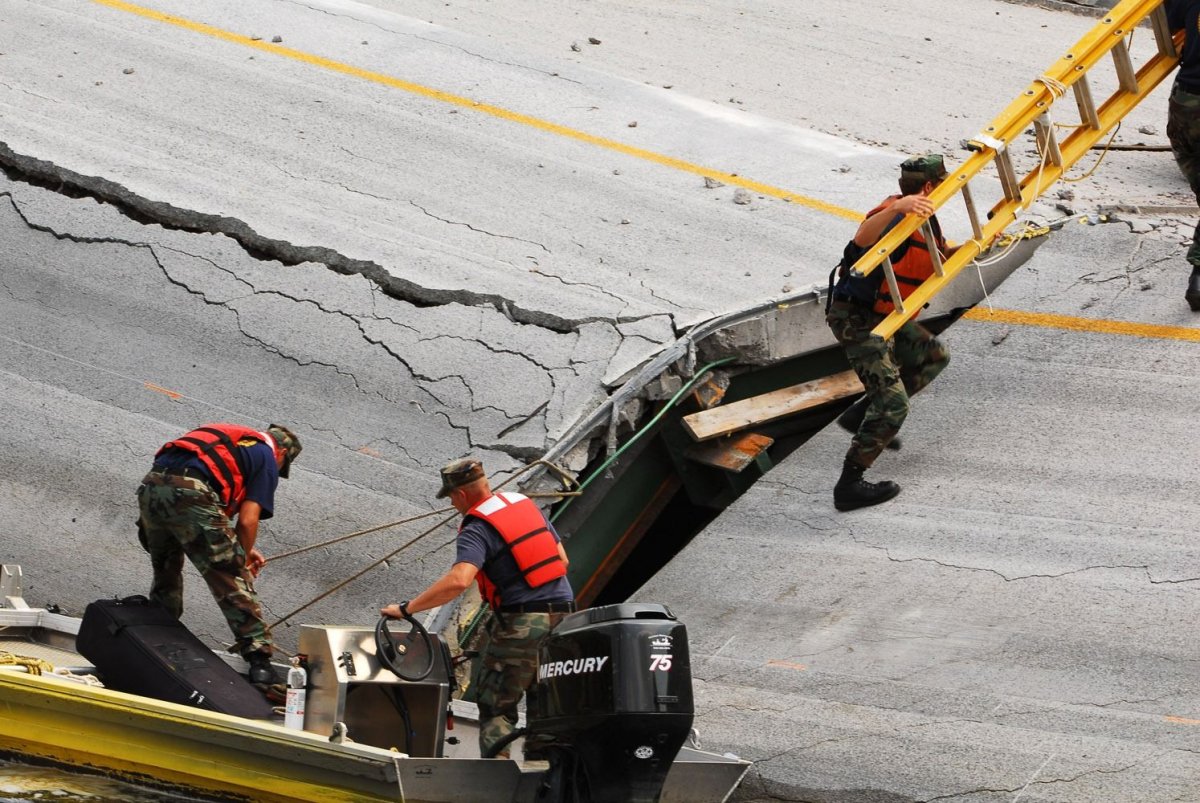
Mushrooms could solve America's crumbling infrastructure. Yes, mushrooms—or at least a type of fungus scientifically known as Trichoderma reesei. A new technique uses fungi to fill the cracks in concrete—creating a self-healing concrete. The self-healing concrete would be low-cost, pollution-free and sustainable, according to the researchers.
"The idea was originally inspired by the miraculous ability of the human body to heal itself of cuts, bruises and broken bones," Congrui Jin, mechanical engineering professor at Binghamton University—State University of New York, said in a statement.
The human body repairs its damaged skins and tissues with nutrients—and similarly, Jin and her colleagues have developed a way for concrete to heal itself with some fungi and nutrients to help it grow. The fungi homes in on micro-cracks, which are often the start of much larger structural issues in buildings and bridges.
"If micro-cracks expand and reach the steel reinforcement, not only the concrete will be attacked, but the reinforcement will be corroded," Jin said. The steel is exposed to outside elements—like oxygen, water, carbon dioxide and chlorides—which causes the reinforcement to rust and break down more quickly. By filling in these micro-cracks, the fungi would ideally be a permanent self-healing solution for the concrete.
The process works by mixing T. reesei into the concrete along with nutrients that help the fungus grow. When structures begin to break down, the micro-cracks leave room for water and oxygen to seep their way into the concrete. The once-sleeping fungal spores can then sprout and grow throughout the cracks, filling the gaps.

"When the cracks are completely filled and ultimately no more water or oxygen can enter inside, the fungi will again form spores," Jin said. "As the environmental conditions become favorable in later stages, the spores could be wakened again." Whenever cracks open up in the concrete, the fungus has all the materials it needs to grow.
The technique, which will be published in the March volume of Construction and Building Materials, is still in the early stages of research, but the self-healing concrete has "great potential importance," Jin said.
The current challenge is ensuring the fungi can survive; the harsh conditions within the concrete make that difficult. More research into various microorganisms, including fungi and yeasts, could make a self-healing concrete product viable for commercial use. If it works, concrete stitched together with fungi could be the answer to infrastructure problems across the country.
Uncommon Knowledge
Newsweek is committed to challenging conventional wisdom and finding connections in the search for common ground.
Newsweek is committed to challenging conventional wisdom and finding connections in the search for common ground.
About the writer
Sydney Pereira is a science writer, focusing on the environment and climate. You can reach her at s.pereira@newsweekgroup.com.
To read how Newsweek uses AI as a newsroom tool, Click here.








